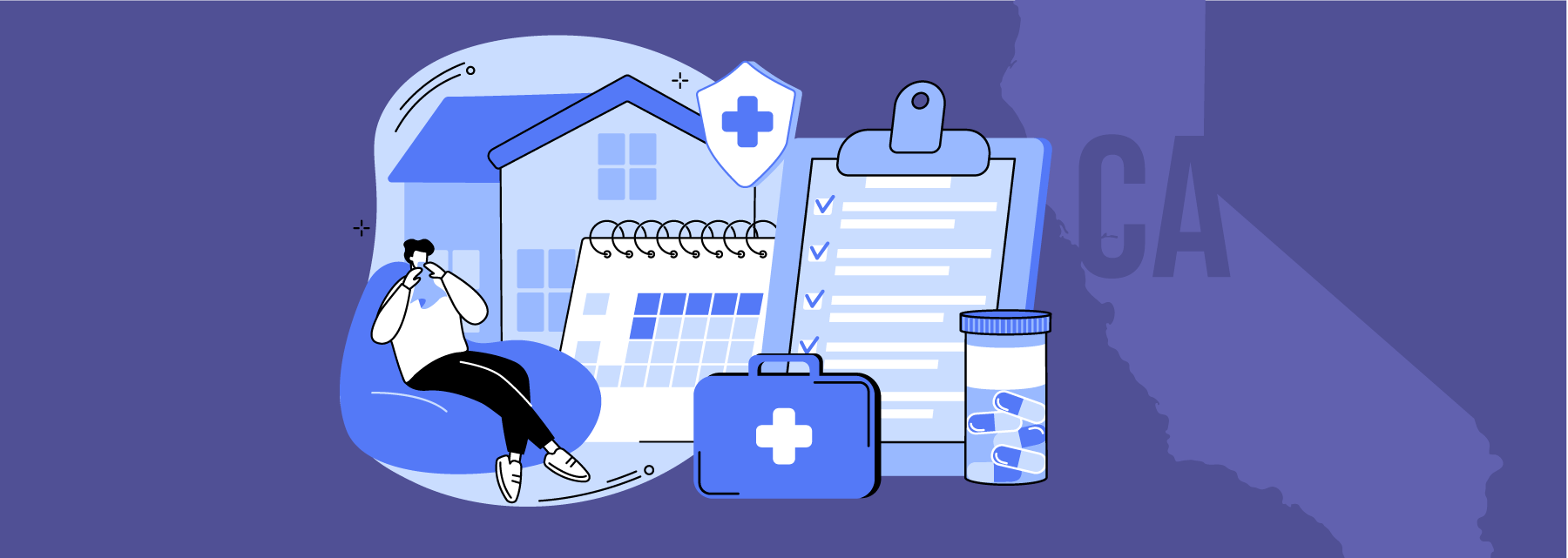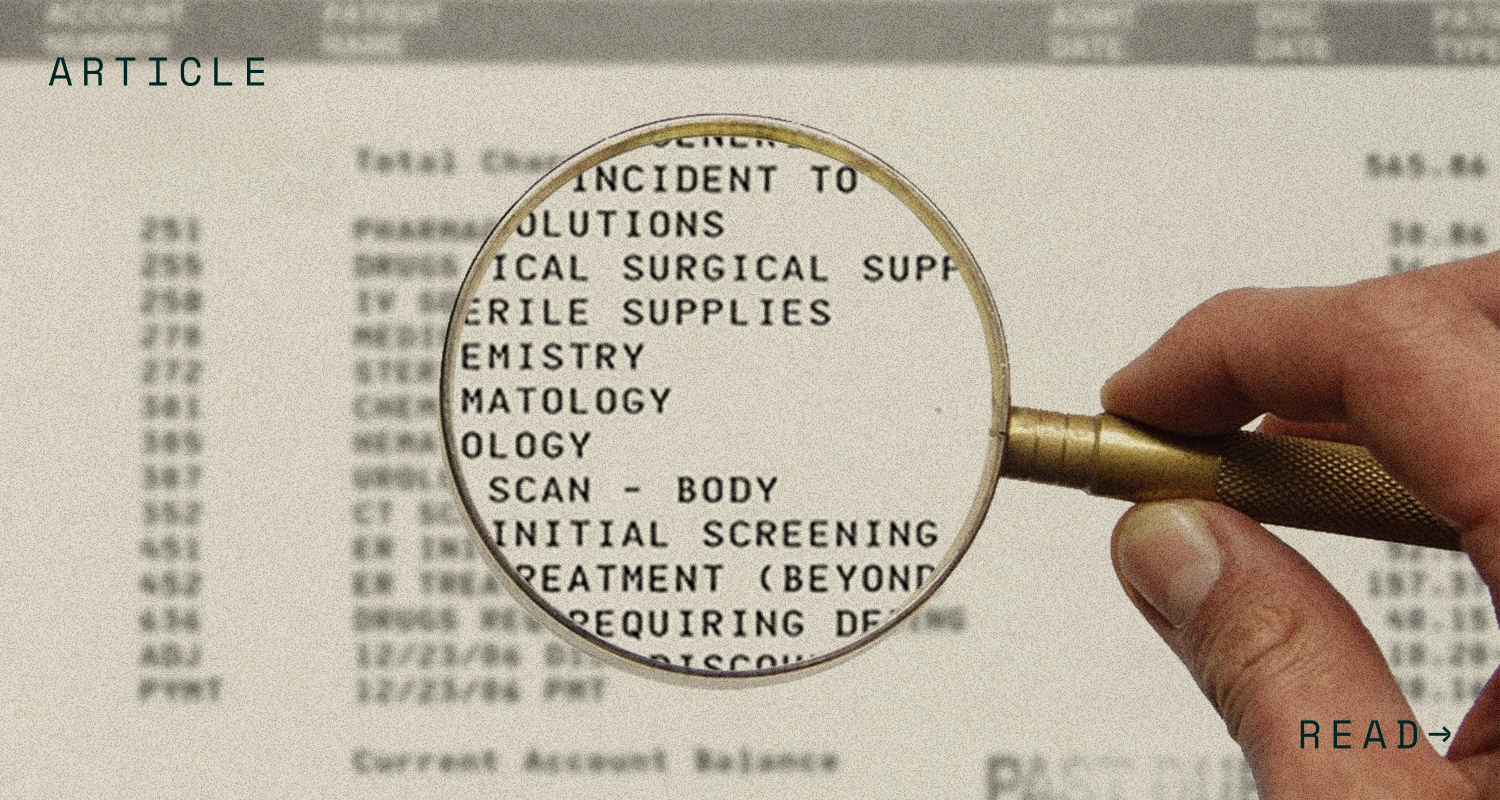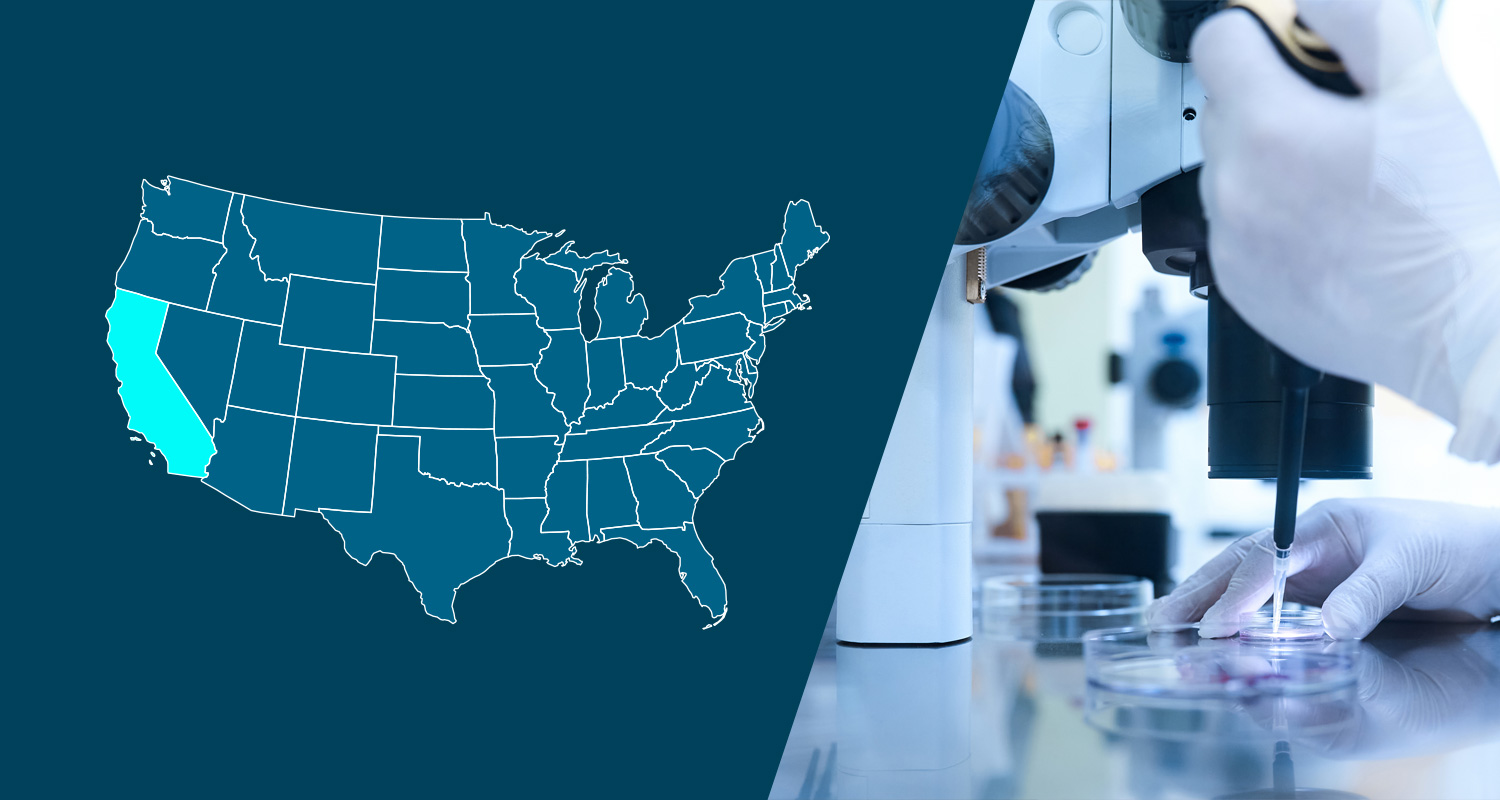Compliance Snapshot
- The new law takes effect immediately, and by September 19, 2020, requires employers with 500 or more employees nationwide to provide up to 80 hours of COVID-19 paid sick leave to covered workers;
- Provides COVID-19 paid sick leave to healthcare providers or emergency responders (regardless of employee count);
- Requires an employee’s wage statement or paystub to reflect an employee’s accrued hours of CA Supplemental Paid Sick Leave;
- Requires employers to provide a notice of employee rights. If employees do not frequent a physical workplace, it may be provided to employees electronically.
On September 9, 2020, Governor Newsom signed Assembly Bill 1867 (“AB 1867” or “the law”) which codifies supplemental COVID-19-related sick leave for 1) food-sector workers pursuant to the Governor’s April 2020 executive order, as well as 2) any worker employed by a company with 500 or more employees nationwide (referred to collectively as “CA Supplemental Sick Leave”). The law as it applies to non-food sector workers is effective September 19, 2020. For food sector workers the law is retroactive to April 16, 2020, which is the date of the Governor’s initial executive order. For more information about supplemental sick leave for food-sector workers, see our blog post.
Like many other recent COVID-19 state and local sick leave laws, AB 1867 seeks to “bridge the gap” by creating mandatory paid sick leave for employees of larger companies that are not bound by the Families First Coronavirus Response Act (FFCRA). For more information about the federal FFCRA, please visit our blog post. Employers with California employees and 500 or more employees nationwide should immediately review the CA Supplemental Sick Leave requirements and ensure policies and payroll procedures are updated, as necessary.
Which Employers are Covered by CA Supplemental Sick Leave?
Private companies employing 500 or more employees nationwide and all entities employing healthcare providers or emergency responders (regardless of their employee count) must provide CA Supplemental Sick Leave to employees. For purposes of calculating the number of employees, the law incorporates the U.S. Department of Labor’s regulation implementing the FFCRA. The FFCRA implementing regulations specify that the 500-employee threshold includes all full-time and part-time employees employed as of the date that the leave will begin, as opposed to a one-time count to determine whether an employer is subject to FFCRA. The 500-employee threshold should also include any employees on leave (of any kind). Employers should only count employees in the United States (including U.S. territories or possessions). (See FFCRA FAQ, #2)
For more information about the FFCRA implementing regulations and Frequently Asked Questions please visit our blog post.
Notably, the California law covers certain healthcare providers and emergency responders who were not covered under the FFCRA.
Who is Covered by CA Supplemental Sick Leave?
All California employees who work for a Covered Employer are eligible for CA Supplemental Sick Leave if they meet the following two criteria:
- They work for the following type of employer:
- An employer with 500 or more employees nationwide OR
- An entity that employs healthcare providers or emergency responders and has elected to exclude such employees from paid sick leave under the FFCRA; and
- They leave home to perform work.
While CA Supplemental Sick Leave is not available for employees that primarily telework, it is not clear whether requiring physical reporting to the worksite on a limited basis would qualify under criteria #2 above. The Department of Industrial Relations Office of the Labor Commissioner did not clarify or provide guidance in its recent Frequently Asked Questions (“FAQs”) on this issue and the conservative approach would be to assume that requiring any employee that primarily teleworks to leave home, even on a limited basis, would satisfy the criteria.
Does CA Supplemental Sick Leave for non-food sector workers apply to independent contractors?
No. Unlike COVID-19 Supplemental Paid Sick Leave for food sector workers, CA Supplemental Sick Leave for non-food sector workers does not apply to independent contractors. For more information about supplemental sick leave for food-sector workers see our blog post.
When Must CA Supplemental Sick Leave be Provided?
Employers are required to provide COVID-19 Supplemental Paid Sick Leave to non-food sector employees beginning September 19, 2020. The employee determines how many hours of leave to use and an employer must make the leave available immediately upon the employee’s oral or written request.
What amount of CA Supplemental Sick Leave must be provided?
The total number of CA Supplemental Sick Leave hours to which an employee is entitled depends on the employee’s regular work schedule as follows:
- Full Time Employees are entitled to 80 hours of leave if:
- the employer considers the employee “full time,” or
- the employee worked or was scheduled to work, on average, at least 40 hours per week for the employer in the two weeks prior to the date of leave.
- Part Time Employees with Fixed Schedules are entitled to an amount of leave equal to the total number of hours they are normally scheduled to work for the employer over two weeks if:
- the employee is not considered “full-time” by the employer; and
- the employee works normal or fixed weekly schedules
- Part Time Employees with Variable Schedules are entitled to 14 times the average number of hours they worked each day in the six (6) months prior to leave. In calculating the average number of hours worked by a part-time worker with a variable schedule over the past six months, the figure is determined based on the total number of days in the 6-month period, not just the number of days worked. If the employee has worked less than 6 months, the total length of employment is used. If the employee has been employed for 14 days or less, the total number of hours worked is used.
- Example 1 – Using a 6-month period that contains a total of 182 days (26 weeks):
| Total # of Hours Worked | 520 hours |
| Total # of Days in 6-month period | 182 days |
| Average # of Hours Worked per Day | 520 hours / 182 days = 2.857 hours |
| CA Supplemental Sick Leave Entitlement | 2.857 x 14 = 40 hours |
- Example 2 – A new worker has worked for a total of two days—one day for 1 hour and a second day for 6 hours over the past two weeks
| Total # of Hours Worked | 7 hours |
| Total # of Days in 6-month period | 14 days |
| Average # of Hours Worked per Day | 7 hours / 14 days = 0.5 hours |
| CA Supplemental Sick Leave Entitlement | 0.5 hours x 14 = 7 hours |
What is the Rate of Pay for CA Supplemental Sick Leave?
The applicable rate of pay for CA Supplemental Sick Leave is the highest of:
- employee’s regular rate of pay;
- the state minimum wage, or
- the local minimum wage
The maximum amount to be paid is $511 per day and $5,110 in the aggregate. Employers should note that unlike FFCRA leave, AB 1867 does not provide for any corresponding tax credit for amounts paid to employees.
What are the Qualifying COVID-19-related reasons for CA Supplemental Sick Leave?
Employees who must leave their home to perform work are entitled to paid sick leave when they are unable to work due to one of the following reasons:
- they are subject to a Federal, State, or local quarantine or isolation order related to COVID-19;
- they are advised by a healthcare provider to self-quarantine or self-isolate due to concerns related to COVID-19; or
- they are prohibited from working by the worker’s hiring entity due to health concerns related to the potential transmission of COVID-19.
Employers should note that unlike the qualifying reasons under the FFCRA, CA Supplemental Sick Leave is only available for an employee’s own health reasons or COVID-related exposure and is not available to employees who must care for children due to COVID-related school closures.
Can Employers Require Documentation from a Healthcare Provider?
Yes, but documentation is not otherwise required. A hiring entity may not deny a leave solely on a lack of certification from a healthcare provider. The law does not condition leave on medical certification. In certain circumstances it may be reasonable to request documentation before paying the sick leave when an employer has other information indicating that the worker is not requesting CA Supplemental Sick leave for a valid purpose.
The FAQs provide the following example: if a worker informs a hiring entity that the worker is subject to a local quarantine order, has to stay home, and qualifies for COVID-19 supplemental paid sick leave, but the hiring entity subsequently learns that the worker was at a park, the hiring entity could reasonably request documentation.
How does CA Supplemental Sick Leave Interact with Existing Leave Policies?
Employers may not require employees to use any other paid or unpaid leave, paid time off, or vacation time before the employee uses CA Supplemental Sick Leave. Employees are entitled to leave under the new law in addition to any paid sick leave made available to them under an employer’s existing non-COVID-related paid sick leave policies. However, if an employer has provided COVID-19 related supplemental leave, they may offset it against the requirements of CA Supplemental Sick Leave in certain circumstances, as described below.
Can an Employer Offset any COVID-19- related Sick Leave Previously Provided?
Yes. If an employer has already provided some type of COVID-19-related supplemental leave, it can be offset toward the leave required under CA Supplemental Sick Leave; however, the previously provided leave must:
- Cover the same qualifying reasons that AB 1867 requires;
- Employees must have been paid the same or greater compensation;
- The COVID-19 paid sick leave must have been provided in addition to any other regular employer sick leave policy.
If an employer previously provided leave but did not pay it at the rates required by CA Supplemental Sick Leave, the employer is permitted to retroactively provide pay to employees in an amount equal to or greater than that required under the law, to satisfy the requirements.
Paid sick leave provided under the general California Healthy Workplaces Healthy Families Act (“Healthy Workplaces Act”) may not be credited against an employer’s obligation to provide CA Supplemental Sick Leave. On the other hand, employers that are already required to provide supplemental COVID-19-related paid sick leave under any applicable local ordinances (such as those in San Francisco, Oakland, Los Angeles and San Jose) do not need to provide overlapping benefits. For more information about local ordinances enacted in response to COVID-19 please visit our blog post.
What are the Notice Posting Requirements?
The law requires employers to post a notice provided by the Labor Commissioner’s Office in a conspicuous place. The law permits notice by electronic means instead of physical posting at the worksite if an employer’s workers do not frequent a workplace.
What are the Wage Statement Requirements?
Employers are required to provide written notice of the amount of CA Supplemental Paid Sick Leave available on employees’ itemized wage statements or in a separate writing.
Are there any other prohibitions placed on Employers?
Employers are prohibited from retaliating against an employee for using or attempting to exercise their rights to CA Supplemental Sick Leave.
How long will CA Supplemental Sick Leave be Effective?
CA Supplemental Sick Leave is set to expire on December 31, 2020, or upon the expiration of any federal extension of the FFCRA’s paid sick leave provisions, whichever is later. If the expiration occurs while an employee is on leave, the employee may continue taking the amount of leave they are entitled to receive under the law.
How will CA Supplemental Sick Leave be Enforced?
The law authorizes the Labor Commissioner to enforce the requirements of CA Supplemental Sick Leave. Penalties for failure to provide leave to an eligible employee include and administrative penalty of at least $250 per day (penalty not to exceed $4,000 in the aggregate). The Labor Commissioner or attorney general may also bring civil action to collect other legal or equitable relief, including reinstatement, back pay, the payment of sick days unlawfully withheld, and liquidated damages.
Employer Considerations
Employers should review any existing sick leave policies and determine whether adoption of revisions are necessary to meet the requirements of CA Supplemental Sick Leave and ensure that payroll records and wage statements are in compliance. Given the increased complexity of overlapping state, local and federal COVID-19 paid sick leave requirements, employers should continue to monitor developments and consult with employment counsel to update employer policies, as necessary.
Additional Resources
- Assembly Bill 1867
- Executive Order N-51-20
- CA Department of Industrial Relations
- FAQs on CA Supplemental COVID-19 Paid Sick Leave
- Official Workplace Poster for Non-Food Sector Employees
- Side by Side Comparison of COVID-19 Paid Leave
- FAQs on Laws Enforced by the Labor Commissioner’s Office
- Sequoia Blog: California Enacts Supplemental Paid Sick Leave for Food Sector Workers
- Sequoia Blog: Families First Coronavirus Response Act takes Effect April 1st
- Sequoia Blog: What Employers Need to Know About the FFCRA Regulations and Additional FAQs
- Sequoia Blog: Expansion of State/Local Sick Leave in Response to COVID-19
Disclaimer: This content is intended for informational purposes only and should not be construed as legal, medical or tax advice. It provides general information and is not intended to encompass all compliance and legal obligations that may be applicable. This information and any questions as to your specific circumstances should be reviewed with your respective legal counsel and/or tax advisor as we do not provide legal or tax advice. Please note that this information may be subject to change based on legislative changes. © 2020 Sequoia Benefits & Insurance Services, LLC. All Rights Reserved




